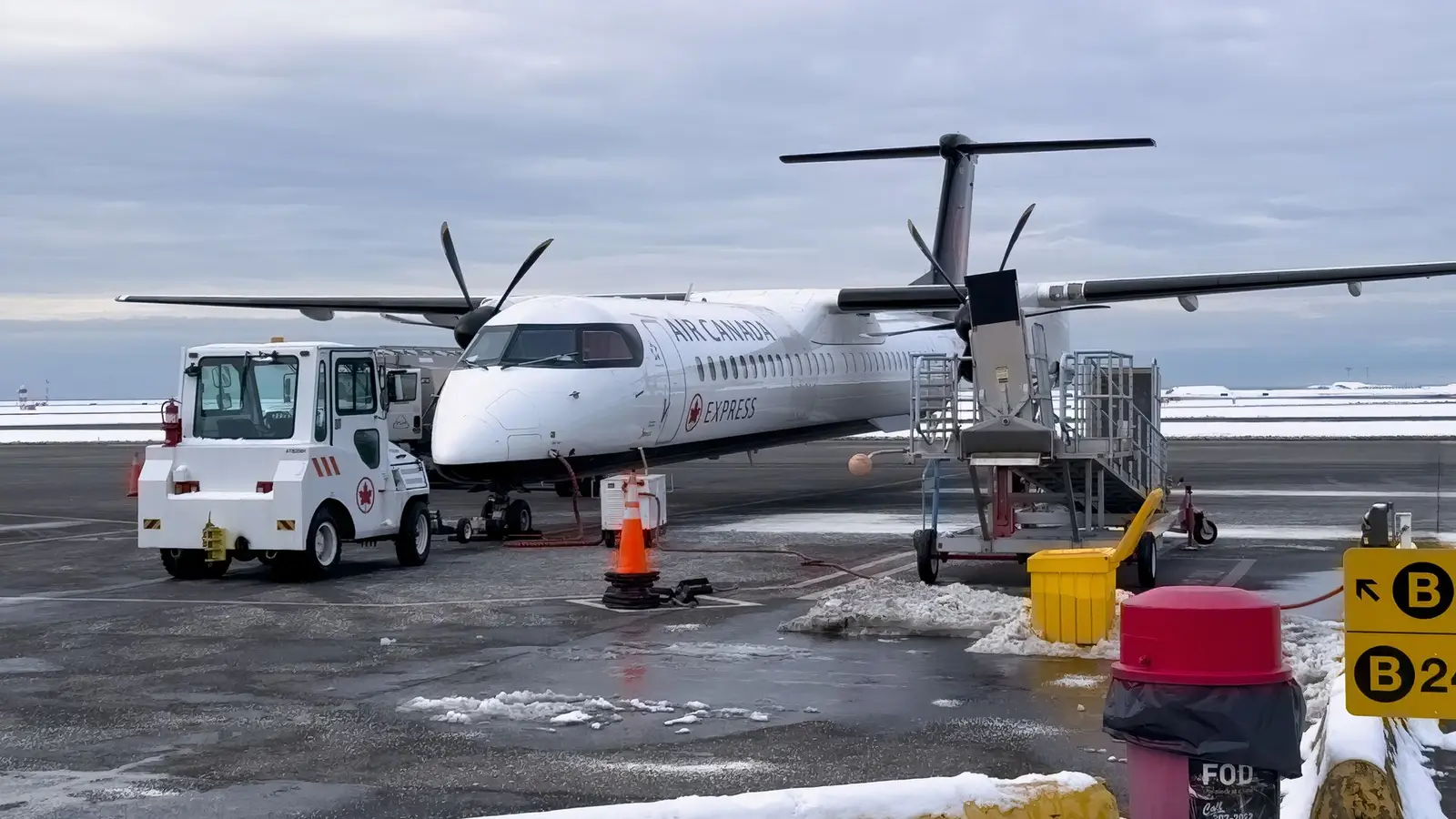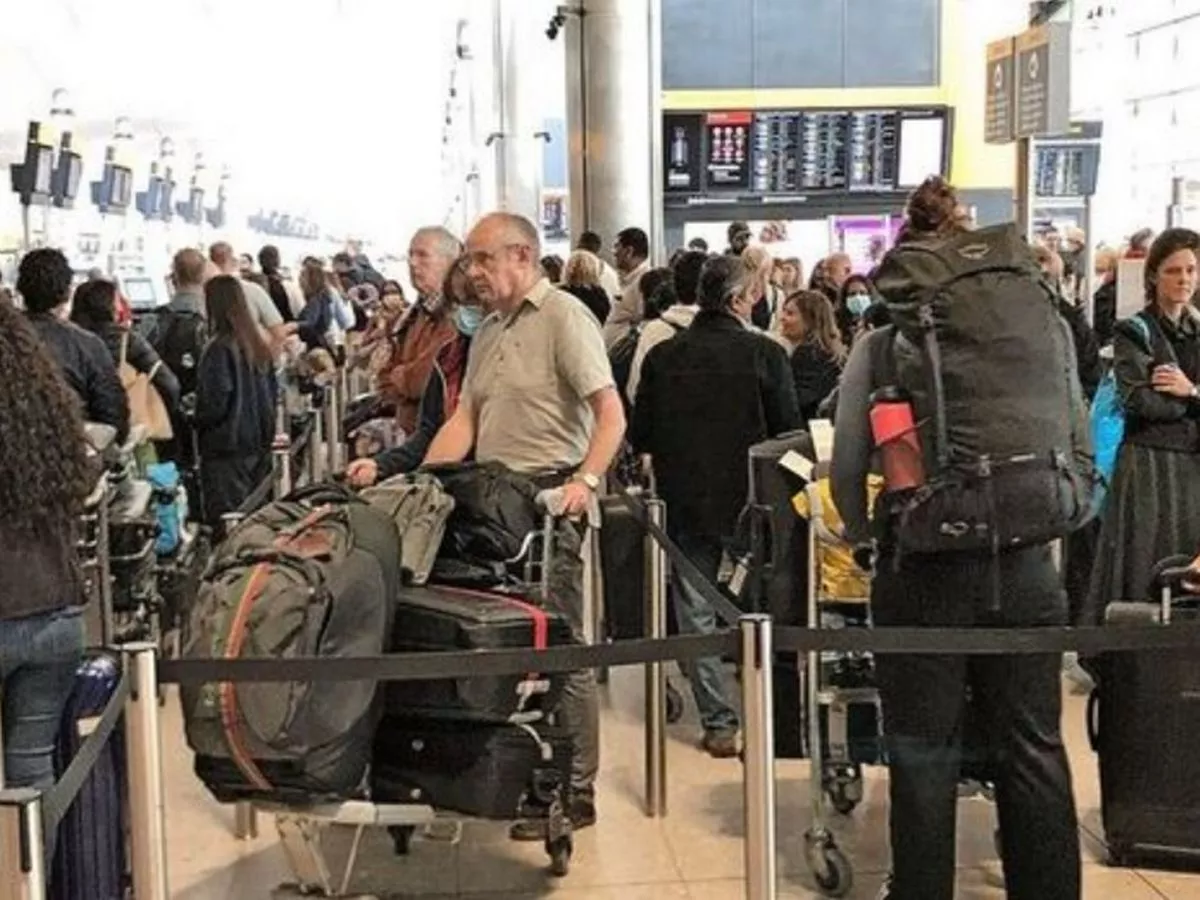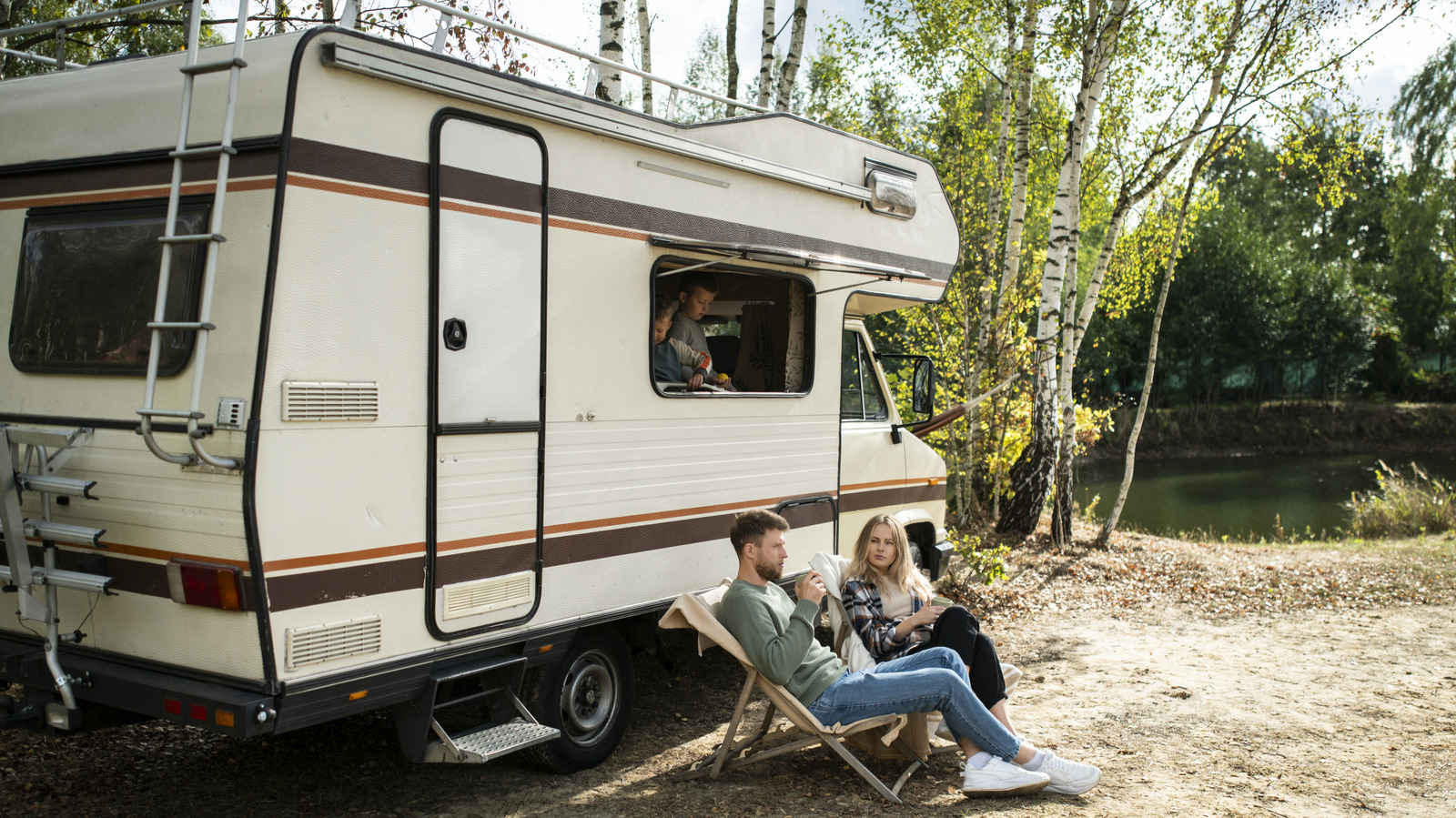
Air Canada has announced that it will perform a thorough interior overhaul of its Dash 8 fleet. These aircraft, operated by Jazz Aviation as Air Canada Express, will receive new seats and refreshed cabin finishes that will enhance onboard comfort on Air Canada’s shortest routes, and will also include free Wi-Fi on select routes out of Toronto Billy Bishop Airport.
The rollout will encompass 25 Bombardier Dash 8-400 aircraft, with the refurbishments being rolled out in phases throughout 2026. The initiative aims not only to match amenities offered on mainline jets but to make regional flying feel more connected, comfortable, and consistent with expectations of modern air travel.
The Changes For The Dash 8 Fleet
Perhaps the most notable change is the introduction of gate-to-gate Wi-Fi on select flights out of Billy Bishop Airport. This will be available on the routes to Montreal and Ottawa, and is reportedly the first time that any Bombardier Dash 8-400 aircraft has offered Wi-Fi in the world. Even more notably, the Wi-Fi services, provided by Bell, will be free of charge, and Air Canada is rolling this out across its entire mainline fleet as well.
The cabin interiors are also getting a refresh: new ergonomic seating, modern finishes, and updated materials designed to reflect Canada’s diverse regions. These design updates aim both to improve aesthetics and reduce fatigue on shorter flights. Air Canada emphasizes that the feel of these cabins will bring many elements of larger aircraft into the Dash 8-400 experience.
In addition, the update includes visual and tonal redesign of cabin components, including lighting, textures, surfaces, colors, finishes, and more. Overall, the planes will be coming with refreshed panels, overhead bins, bulkheads, and trim details. Along with the Wi-Fi, Air Canada’s turboprops are about to become much more similar to its mainline jets.
The Impact Of These Changes
For passengers, the changes mean short regional flights will feel more premium than before. With Wi-Fi, even short hops will now become more productive or entertaining. The improved seating and interiors reduce the sense of “basic” regional travel, aligning better with what customers expect from more significant flights.
Operationally, Jazz Aviation and Air Canada will have to manage installation schedules carefully to minimize downtime. Upgrading 25 aircraft over the next several months involves logistical planning for parts, interiors, Wi-Fi hardware, and installation schedules. Some aircraft will receive modifications sooner than others, depending on route and demand.
The introduction of free Wi-Fi represents a shift in strategy for Air Canada. This will result in a loss of ancillary revenue, but it can lead to an improved brand image and increased customer loyalty. Free Wi-Fi is becoming more common across North America, and it’s notable that for the Q400 fleet, Air Canada is rolling this out at Billy Bishop Airport, home to Porter Airlines (which does not offer Wi-Fi on the Dash 8 Q400s that it bases at this airport).
Why Does This Matter For Passengers
Regionally, turboprop aircraft like the Dash 8 Q400 have long been seen as workhorses: efficient for short distances but often lagging in passenger amenities compared to jets. Given how important these aircraft often are to the communities that they fly to, this is far from an ideal situation. Essentially, small communities essentially get an airline’s worst onboard product.
This is especially true in Canada, where Air Canada Express and other regional operations serve as vital lifelines for small communities. Improving comfort and connectivity on these flights supports not only traveler satisfaction but also regional economic ties and business travel demand. Offering Wi-Fi on the Toronto-Billy Bishop to Montreal and Ottawa routes, meanwhile, is a game changer as these two corridors see some of the highest levels of business travel in the nation.
The new lightweight seats and refined finishes also reportedly reduce weight, which helps with fuel burn and emissions. As such, there is a cost-benefit in this calculation. However, undoubtedly, the biggest benefit here is bringing Air Canada Express cabins in line with mainline, thereby better managing customer expectations.



